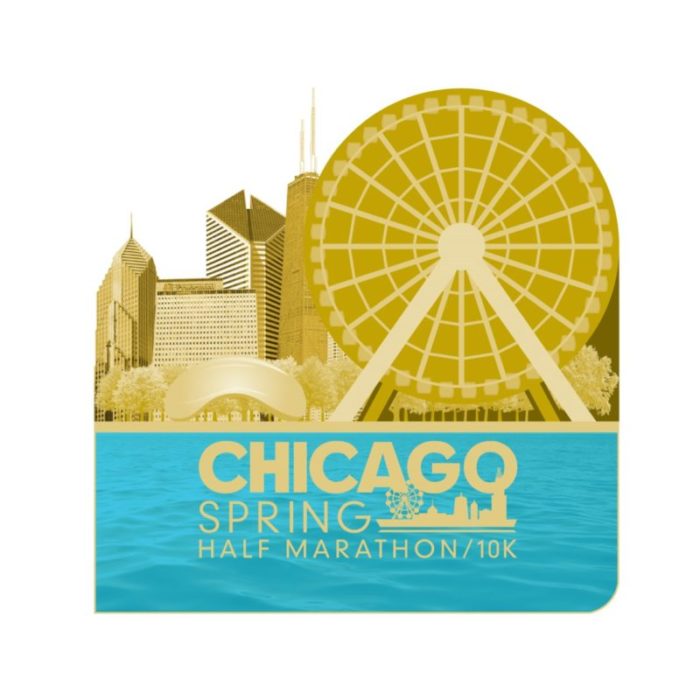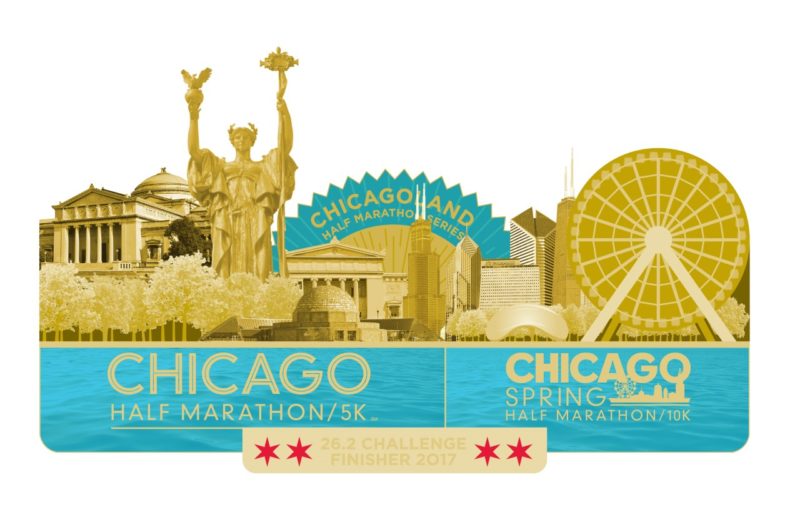They made up 57% of the 17 million U.S. race finishers in 2015, according to industry-backed tracker Running USA. That includes everything from 3.1-mile trots before Thanksgiving dinner to 26.2-mile marathons.
Mary Wittenberg, CEO of Virgin Sport, is a longtime runner and the former CEO of New York Road Runners, which operates the New York City Marathon. She notes that there are fewer women-only events than there used to be because at most races, women are the majority.
“It’s amazing growth,” she says. Running appeals to women because “if you put the work in, you can do it. Completing the distance has become as big a goal as your time. That makes it far more accessible.”
Women were still a small minority of overall race finishers in 1984, when American Joan Benoit Samuelson won the first women’s Olympic marathon, 88 years after the first men’s Olympic marathon. A trickle of female amateurs followed her into running.
A decade later, Oprah Winfrey finished the 1994 Marine Corps Marathon in the Washington, D.C., area in just under 4½ hours, wearing bib No. 40 to reflect her age. Thousands of people cheered her on along the course and at least three reporters ran the race with her to cover her feat. One of them was Amby Burfoot of Runner’s World magazine.
About a year after that, Mr. Burfoot, who also won the 1968 Boston Marathon, took a surprising phone call. He says it was someone from Race for the Cure, a relatively new series of road races for women to raise money for breast-cancer research. Organizers said they had more than 10,000 women registered for a race in the Midwest.
“It was the funniest thing we’d heard in the world,” recalls Mr. Burfoot, now an editor emeritus who recently wrote a book about female pioneers called “First Ladies of Running.”
“We were Runner’s World, and we were completely unaware that there was this tidal wave,” he says.
Men made up 68% of U.S. road-race finishers at the time. After Ms. Winfrey’s finish and with a rapidly expanding number of women’s races, their participation surged. Women surpassed male finishers by 2010.
Women have flocked to running more than other endurance sports. Less than 15% of USA Cycling’s 62,000 members are women, a spokesman says. The group oversees all major disciplines of competitive cycling. About 47% of the 63,000 members of U.S. Masters Swimming, a nationwide training group for swimmers age 18 and above, are women, according to the organization.
Tracey Russell was a competitive swimmer in college but says running has an advantage in helping women form bonds. Although it’s common for people to chat while they run, “it’s hard to do that during [swimming] intervals,” she says.
Ms. Russell is CEO of Conqur Endurance Group, which owns the Los Angeles Marathon. She says the surge in charitable organizations forming training groups and raising money through road races has largely been driven by women.
Nationwide, women made up 44% of marathoners and 61% of half-marathoners in 2015, according to Running USA.
One surprising influence in the rise of women’s running: improved gear. For decades, athletic-apparel manufacturers paid little attention to women’s needs. Many women ran in one-style-fits-all running shorts and ill-fitting sports bras.
Recent years have brought an avalanche of apparel for women, from boutique designers to major manufacturers such as Under Armour and Adidas.
Much of it is worn lounging on the couch. But it was women’s rising interest in health and fitness that stirred companies to focus on them. Nike forecasts that sales of its women’s products will roughly double by 2020.
Years ago, “you always didn’t feel good going out for a run,” says Toni Carey, who lives in Atlanta. “Now I can go to whatever brand that’s going to make me feel good, look good and support the activity I’m doing.”
Ms. Carey and a college friend, Ashley Hicks-Rocha, five years ago turned their running blog into Black Girls Run!, a nationwide organization to promote running among African-American women. (“ ‘Girls’ is used as a term of endearment,” she says.)
Black Girls Run! has about 70 groups nationwide and 200,000 participants. Some run “virtual” races, where runners register for a 5K or 10K distance, complete it on the honor system and receive a medal in the mail. The option appeals to new runners intimidated by formal races, Ms. Carey says.
Women’s groups like Ms. Carey’s are helping further diversify running, Ms. Wittenberg says. Participation of racial minorities has climbed in recent years, according to Running USA.
“It would just be great to see the men’s side see growth, too,” she says.
Instead of running, some younger men especially have joined the trend toward weightlifting and high-intensity interval training. Overall participation in road races has dropped in the past two yearsas millennials have shown less interest in running than older adults. Average finishing times for men and women also have slowed down as race fields have gotten older and grown to include more recreational runners.
For many women, running is less a competition than a social experience.
Five years ago Pam Burrus, a 35-year-old mother of two who lives outside Atlanta, founded Moms Run This Town, a training and social group that now has about 700 chapters, most of them in the U.S.
Members can join group runs or organize their own runs via the group’s Facebook pages. The group also goes by the name She Runs This Town, after attracting daughters and nonmothers. “It’s become our ‘us’ time,” she says.
Running might especially benefit the mental health of women, who suffer from more depression than men do. Studies have shown that both aerobic exercise and sunlight can improve mood in people with mild to moderate depression.
Ashley Lauretta, a 29-year-old freelance journalist in Austin, Texas, says she started running after a college counselor suggested it could help her anxiety disorder by helping her control her breathing. It did.
“I like how uncomplicated it is compared to other sports,” she wrote in an email. “You just need the right pair of shoes and you can get out and go.”




